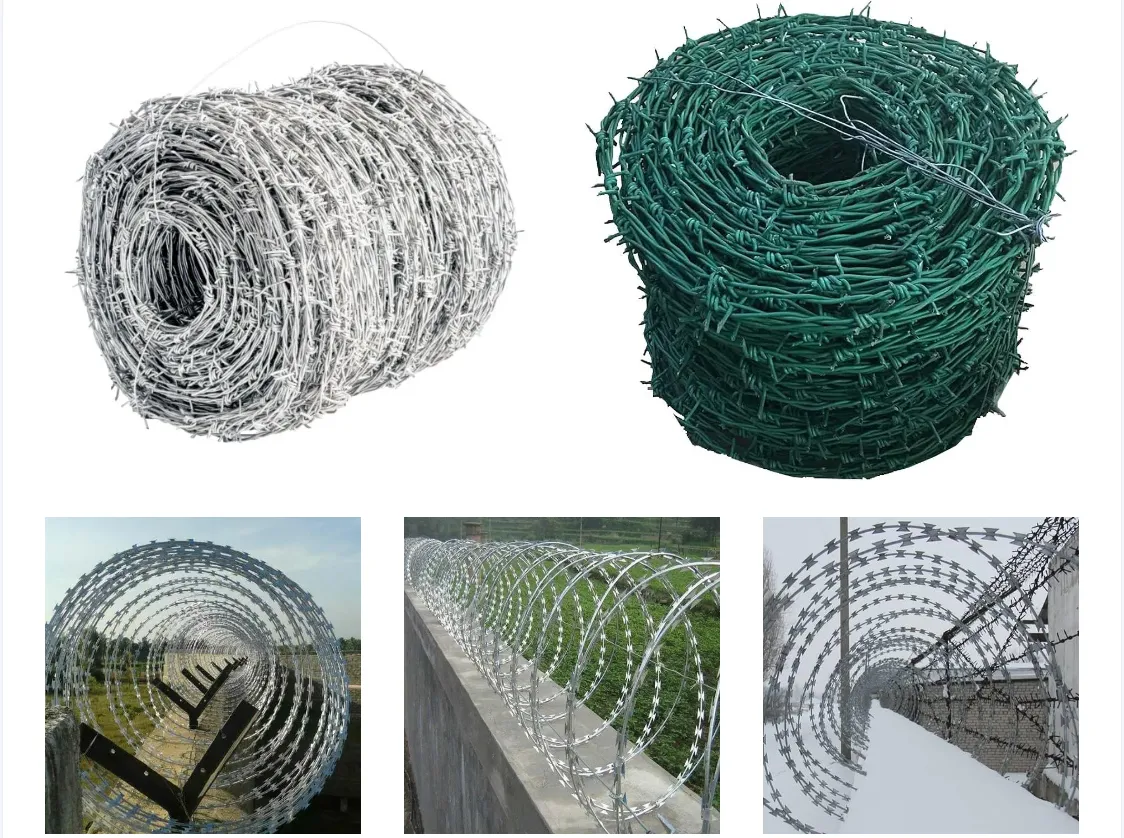The Significance of Roadside Sound Barriers in Modern Urban Planning
In today's rapidly urbanizing world, the constant hum of traffic has become an inescapable part of our daily lives. As cities expand and populations swell, the need for effective noise reduction measures has grown significantly. One solution that has gained prominence in recent years is the installation of roadside sound barriers. These structures not only serve a vital function in mitigating noise pollution but also contribute to the overall quality of urban living.
Roadside sound barriers, often constructed from materials such as concrete, wood, or specialized composites, are designed to block and absorb sound waves generated by vehicles on highways and major roads. Their effectiveness relies on principles of acoustics, where the height, length, and material of the barrier play crucial roles in determining noise reduction. Well-designed sound barriers can reduce noise levels by up to 10 decibels or more, significantly improving the auditory environment for residents living near busy thoroughfares.
The primary purpose of these barriers is to protect adjacent neighborhoods from the disruptive effects of road noise, which can lead to various health issues. Studies have shown that prolonged exposure to high levels of noise can result in stress, sleep disturbances, and even cardiovascular problems. By implementing sound barriers, cities can safeguard the well-being of their inhabitants, creating healthier living conditions.
roadside sound barriers

Beyond noise reduction, roadside sound barriers often serve additional purposes
. For instance, they can act as visual screens, enhancing the aesthetic appeal of highways and improving the visual experience for residents. Some barriers even incorporate green designs, featuring vegetation or landscaping that helps blend the structures into the natural environment. This dual functionality not only addresses noise concerns but also promotes ecological benefits, such as improved air quality and increased biodiversity.Moreover, the construction of sound barriers presents an opportunity for local governments and communities to engage in sustainable urban planning practices. Innovative materials, such as recycled plastics and eco-friendly composites, can be used in building these structures, minimizing their environmental footprint. Additionally, incorporating technology into sound barriers, such as solar panels or sound absorption features, can further enhance their effectiveness and sustainability.
However, the implementation of roadside sound barriers is not without challenges. The cost of construction and maintenance can be a concern for budget-conscious municipalities. Furthermore, there is often community debate regarding the locations and design of these structures, as they can sometimes obstruct views or alter the landscape. Engaging local stakeholders in the planning process is essential to ensure that the barriers meet both functional and aesthetic goals.
In conclusion, roadside sound barriers are an essential component of modern urban infrastructure. They play a crucial role in reducing noise pollution, protecting public health, and enhancing the quality of urban life. By investing in innovative designs and sustainable materials, cities can create effective sound mitigation solutions that address the challenges of noise while promoting a harmonious coexistence between urban development and community well-being. As urban planners and policymakers continue to prioritize livable and sustainable cities, the importance of roadside sound barriers will only increase.
-
The Best Metal Mesh Solutions: Expanded Aluminum Metal vs. Expanded Stainless Steel Metal
NewsSep.10,2024
-
Round Perforated Sheets vs. Hexagonal Perforated Sheets vs. Embossed Perforated Sheet Metal
NewsSep.10,2024
-
Perforated Metal Sheets
NewsSep.10,2024
-
Experience The Excellence Of Stainless Steel Grating
NewsSep.10,2024
-
Discover the Versatility Of Metal Mesh Expanded Forming Machines
NewsSep.10,2024
-
Discover The Advantages Of Steel Grating For Sale
NewsSep.10,2024
Subscribe now!
Stay up to date with the latest on Fry Steeland industry news.

